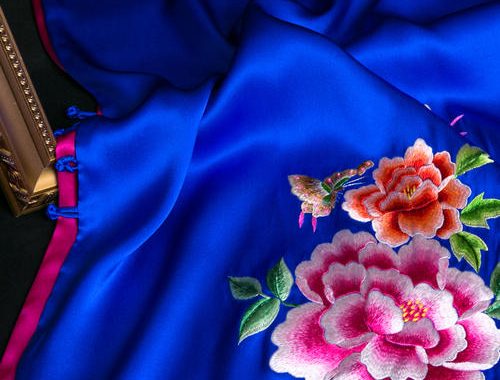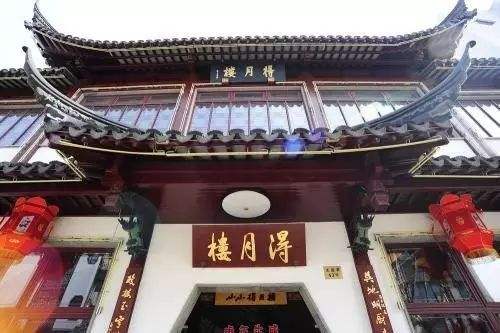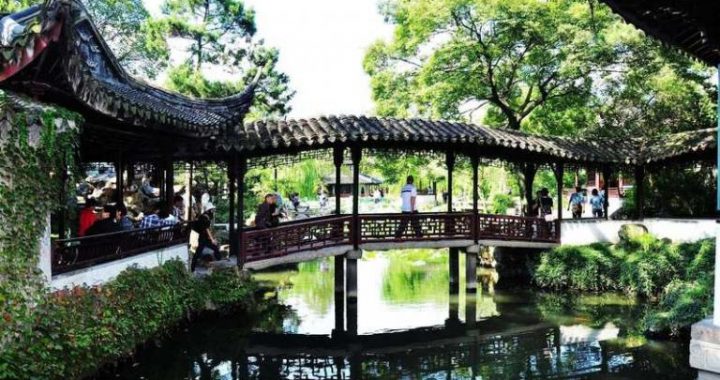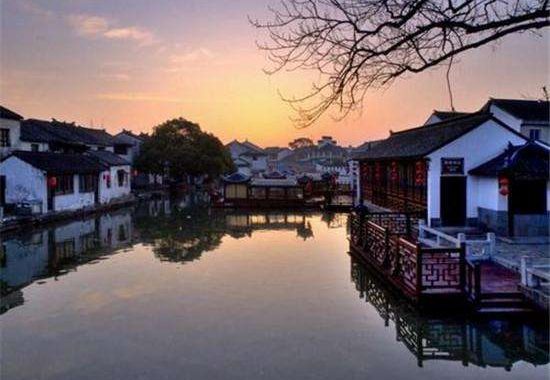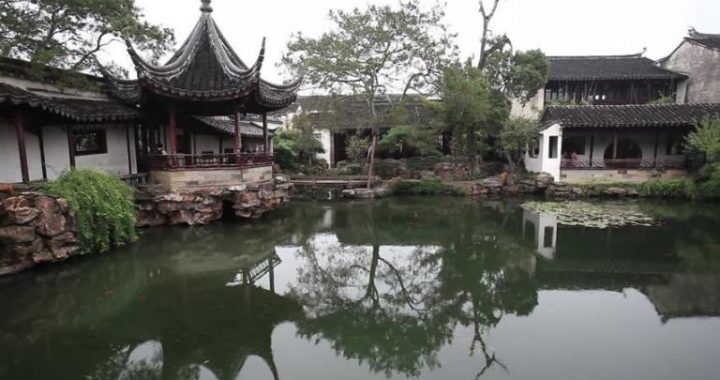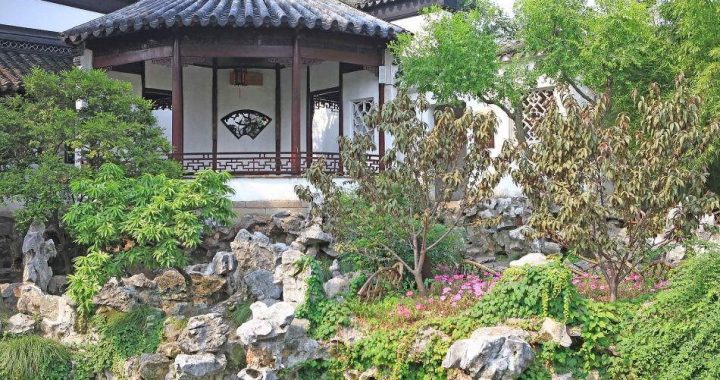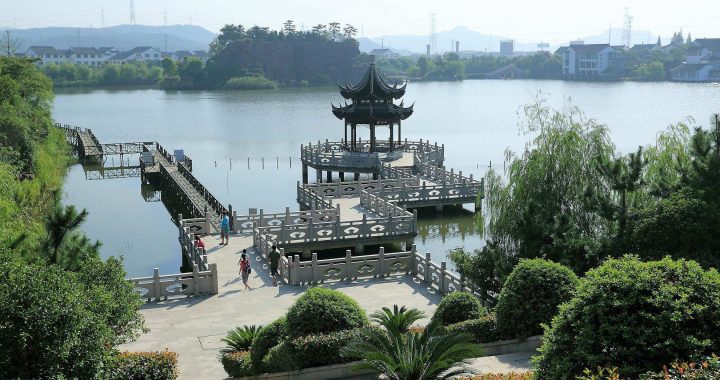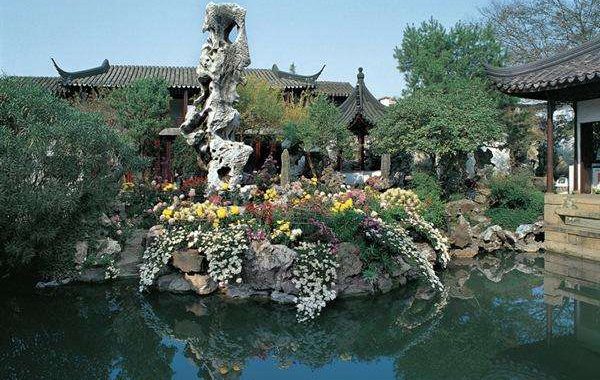Yunyan Temple Pagoda
3 min readYunyan Temple Pagoda of Suzhou, Jiangsu province is the earliest double-decked brick pagoda with wooden pavilion-like extant in China. It is also the earliest, largest and most intricate pagoda built in the Song dynasty.
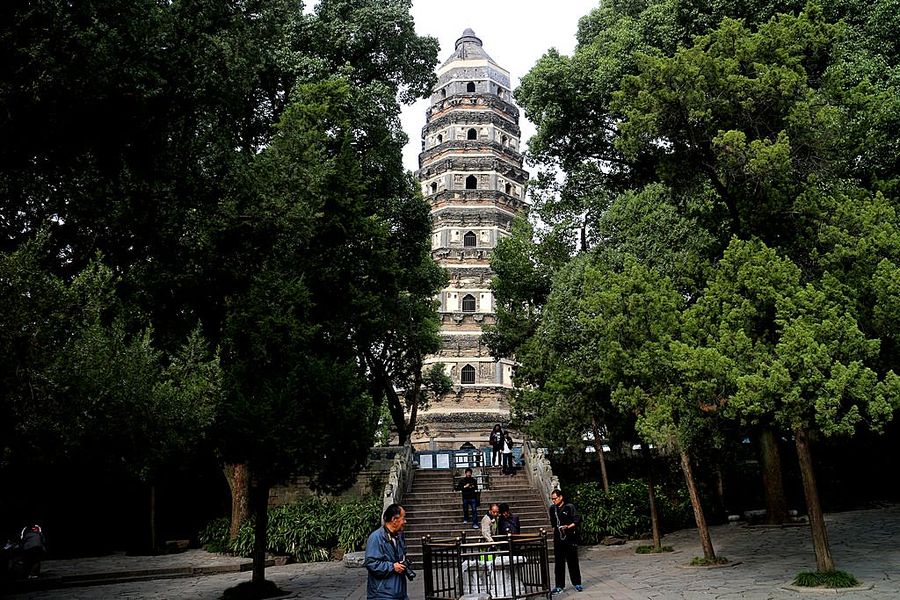
Yunyang Temple Pagoda is also called Huqiu(Tiger Hill) Pagoda, because it is located on the Tiger Hill (a hill shaped like a tiger) in Suzhou. This pagoda, considered as the landmark of Suzhou, was built in 959 and completed in 961, having a history of more than 1000 years.
Yunyan Temple Pagoda is modeled after timber pavilion and its plane in the shape of an octagon. It is 47.5 meters high, consisting of seven stories. This pagoda is composed of the outer wall, cloister and vaulted. Inside the pagoda is a telescopic cloister. The stair is a mobile stairway with wooden floats, connecting with the outer walls on each story. This kind of construction is more ancient than the onethat stairs are built inside the pagoda. However, because it retains partially the feature of barrel type construction before the Tang dynasty, it embodies a style of the transition period between the Tang dynasty and the Song dynasty.
The outline of the pagoda is in the shape of a parabola, full of artistic sense. Cylindroids leaning columns are built at the corners on each story. Each side is divided into three sections by puncheons. The central section is a gate, with lattice works on both sides. The design of the bracket sets and the eaves follows completely the way in the Song dynasty. Seeing through the gate, we can see thecloister, the bracket sets and the pillars in the same construction with those outside.A room is set up in the middle on each story. The octagonal center locatesinside the cloister, with gates opening on each of the four sides. The plane of therooms is square except that on the second and seventh stories, which is octagonal.
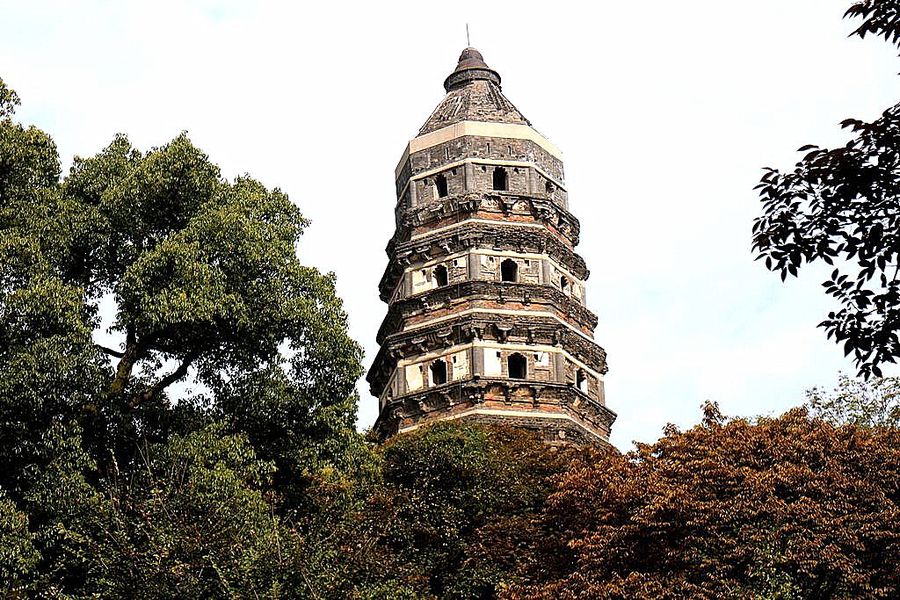
The construction style of Yunyan Temple Pagoda is quite unique. Its timber-structure-model is plentiful, concrete, vivid and lively.
In addition, the ornaments both inside and outside the pagoda are also special.
For instance, floriation is decorated in the middle of the canted pillars on the inside walls, retaining a distinctive exotic style. Such a structure is rare on other pagodas’ pillars and is usually seen in the grottos before the Tang dynasty.
On the side pillars inside the cloister, patterns of varied types are carved, such as Chinese peony, balustrades and so on. The balustrade and lake stones are the one of the earliest independent images in imitation of the real rockeries and lake stones extant in China. Bricks and bracket sets of different sizes mason on the top of each story inside the pagoda delicate caissons in the shape of oblongs or octagons. The structure of the body is complex and colorful. Paintings are drawn on the walls with white pulverized lime and red or black paints, in a style of its own.
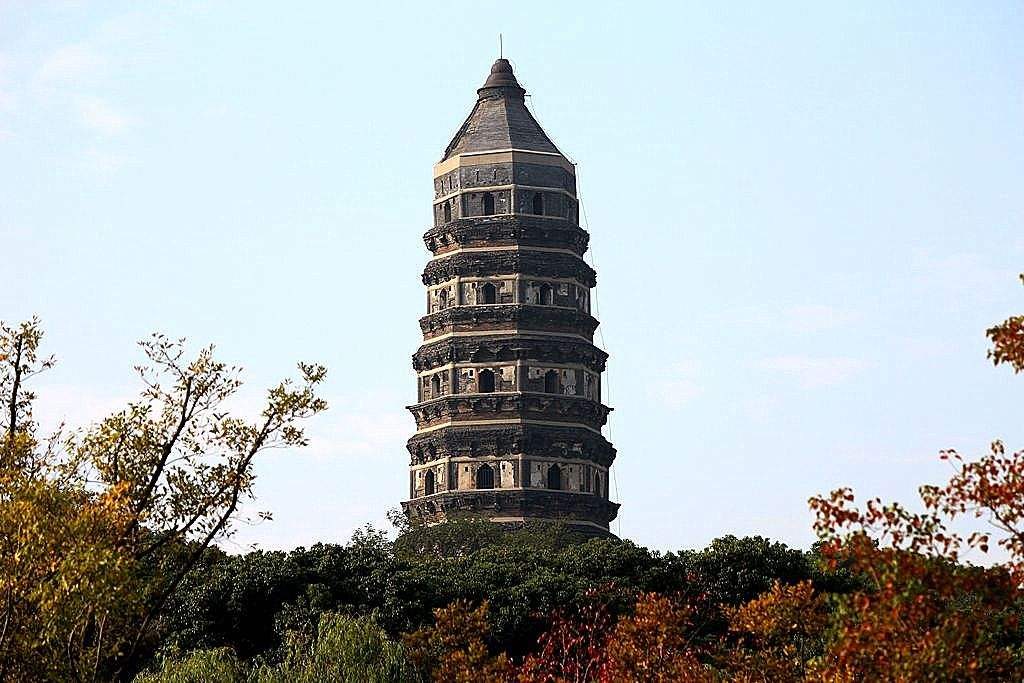
In addition, colored peony murals are painted on each floor. There are also paintings on the transverse architrave, bracket sets, and ceilings caissons. These paintings are harmonious in color, beautiful in pattern and are one of the earliest colored drawings on pagodas in China.
From the period of Jianye(1127-1130) in the Southern Song dynasty to the 10th reigning year of Emperor Xianfeng (1860) in the Qing dynasty, Yunyan Temple Pagoda was burnt down several times. Its pinnacle, the upper part of its body and the railings on the base were all destroyed. Renovations were carried out several times: separately in the 4th reigning year of Zhizheng (1344) in the Yuan dynasty, from the 1st to the 17th reigning year of Emperor Yongle (1403-1419), in the 3rd reigning year of Zhengtong (1436) and during the period of Emperor Chongzhen (1628-1644) in the Ming dynasty. The seventh story renovated around the 1lth year of Emperor Chongzhen (1638) is still extant till today.
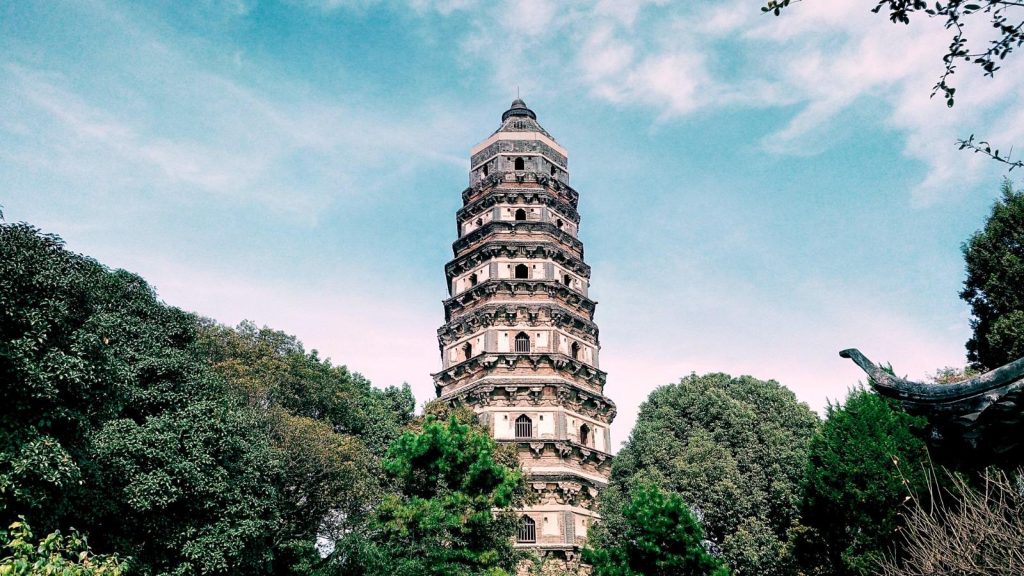
During the repairing in 1956, many precious historic relics of the Five Dynstie and the early Song dynasty were found in the pagoda, such as stone scriptures, sutras, metal stuffs, jades, china wares, gold ornaments, Buddha statues, gilled pagoda models and so on. The maintenance workers also found between the first and second stories a stone cave in which was a case carved with Chinese characters telling its building date.This finding provided the most valuable and direct help to the study on this pagoda.
